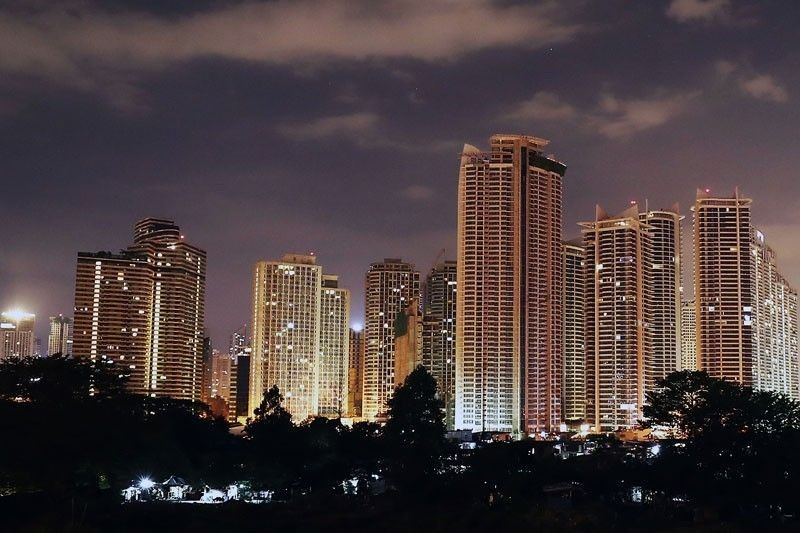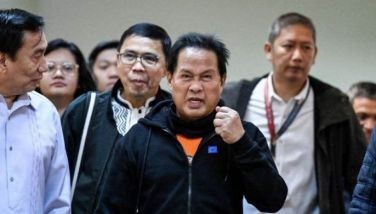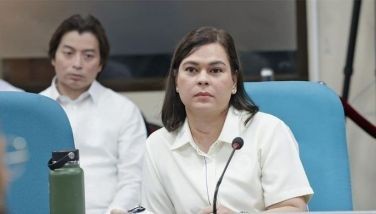‘Infrastructure key to tourism revival, economic recovery’

MANILA, Philippines — The Marcos administration’s Build Better More (BBM) policy will be very crucial in the country’s economic recovery, particularly in boosting local tourism, which is among the worst hit during the height of the COVID-19 pandemic, a senior administration lawmaker said.
Camarines Sur Rep. LRay Villafuerte said infrastructure is really the key to tourism development, citing the popular beaches in Thailand, Malaysia, Vietnam and Indonesia that are more frequented by tourists “because they have better infrastructure going to these places.”
Villafuerte added that it is basically and primarily a “seamless travel” in these destinations – “even if we have better beaches in the Philippines” – because these Asian tourist destinations already have international airports right on the site and linkages that don’t complicate travel.
“Here if you land in the airport and you want to go to Boracay, Bukidnon or Bicol, there is no linkage. If you analyze it, what does Thailand, Malaysia, Vietnam and Indonesia have that we don’t? We have to admit their infrastructure is much better than ours,” he said.
“When you land in Thailand, when you land in Malaysia, you can go to any destination with seamless travel. In terms of beauty, I think our beaches are much better,” he added.
For one, the airport of Phuket in Thailand is “bigger than our number one gateway,” the Ninoy Aquino International Airport, according to Villafuerte, who is also president of the National Unity Party.
“Phuket is a relatively more popular destination for foreign tourists, partly because of its better infrastructure,” he said.
During the budget hearings at the House of Representatives last month, Tourism Secretary Christina Frasco assured lawmakers that the Department of Tourism (DOT) is working with the different agencies on crafting a “whole-of-government” approach to address such problems.
Frasco agreed with Villafuerte’s observation that one reason for the Philippines’ inability to better compete with other Asian countries for overseas tourists is the utter lack of adequate infrastructure.
She said she has “touched base” with the heads of agencies such as the Departments of Public Works and Highways (DPWH), Transportation, the Interior and Local Government and Health that have respective jurisdictions over concerns that affect the tourism industry.
“So, it’s really a whole-of-government approach in this sense, and I’m doing my best to ensure that I’m able to coordinate with as many government agencies as possible to help us do our job at the DOT,” Frasco said.
The tourism chief emphasized that in the absence of an infrastructure development budget in the agency that she heads, she has pushed for the establishment of a tourism infrastructure development fund so that the DOT can build facilities that cannot be put up by other agencies.
“That is why with the very first things that I proposed upon coming to the DOT was simply not to look at the department as a means to promote and to market (the country), but rather to strengthen the industry as a whole,” she said.
“I recognize that infrastructure is not the primary goal of the DOT; it is the jurisdiction of the DPWH. That is why we have attempted to coordinate closely with the DPWH, as well as our regional offices, specifically to identify what the infrastructure challenges are present in terms of our key destinations and our emerging destinations,” she added.
- Latest
- Trending





























